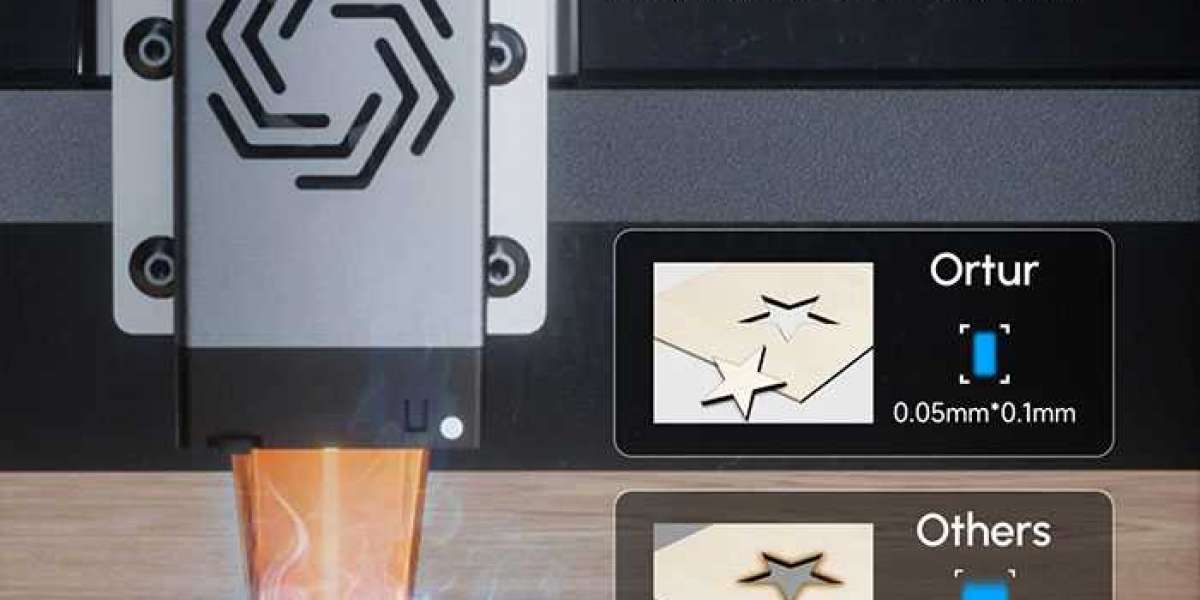A system voltage of 126V, which is exceptionally high, is used to operate the Inmotion V13 Challenger. It is able to produce 4,500W of power thanks to its greater working voltage. And, would you believe it, that is only the continuous power rating. The maximum torque is 300N.M., while the peak power output is a mind-boggling 10,000W.
The electric unicycle can lift its wheels at a speed of 140 km/h with that much power behind its 22-inch wheel (87 mph). The unicycle's wheel's top unloaded speed when it is raised into the air is known as the wheel lift speed. When riding on flat ground, it is faster than the real top speed, however it is a helpful indicator for comparing electric unicycles in the market.
The V13's real top operational speed will probably still be more than 90 km/h (56 mph). We employ 8AWG phase-conductor cables, which are twice as big as their counterparts and have a 160A continuous current and 1000A peak current capacity, to ensure that the motor receives enough input current. Riders will be able to engage in more aggressive riding without harming the wirings because the heat will be decreased by 75%. Safety is Inmotion's top priority, so the V13 is built with dual hall sensors so that if one fails, the other will take over and the wheel will still work. Smart BMS technology was used in the battery's design to enable autonomous cell monitoring and diagnostics.








